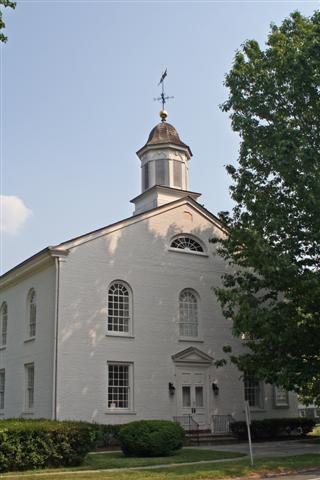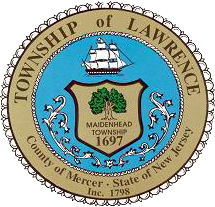* The following text is adapted from "A Guide to Lawrenceville's Historic Landmarks," published by the Township in 1992. Photos were provided by Lawrenceville Main Street and are more recent than those in the guide.
The village of Lawrenceville not only has buildings of individual significance but it also has a distinctive historic character that sets it apart from its surroundings. The village has maintained its extraordinary form and this has resulted in its listing as a historic district at the national, state, and most recently, at the local level. Most unusual is the survival of farmland that traces back to seventeenth century land transactions. Many houses, taverns, and farm houses of the eighteenth and nineteenth centuries are scattered throughout the district along with one of the state’s oldest Presbyterian churches and two cemeteries.
When listed in the New Jersey and National Registers of Historic Places in 1972, the Main Street Historic District was one of the first registered historic districts in the State. The local historic district fronts along Main Street and the Lawrenceville-Princeton Road (Route 206) for more than two miles between Franklin Corner Road and an area slightly north of Fackler Road. Homes situated more than 250 feet from the road are excluded, however. One exception is the section of The Lawrenceville School known as the Circle and several other buildings in its vicinity, the oldest buildings on the campus. This area itself has been designated a National Historic Landmark.
2481 Main Street - Anderson-Brearley Tavern
This mid-18th century Georgian structure was operating as a tavern as early as 1758 when the annual township meeting was held at John Anderson’s Tavern. Anderson sold the property to Benjamin Brearley in 1766, who then applied for his tavern license in 1767, a date carved in the chimney. When Philip Hendrickson applied for a license in 1791, he said that he now occupied the oldest stand in Maidenhead which has been a tavern for forty years.
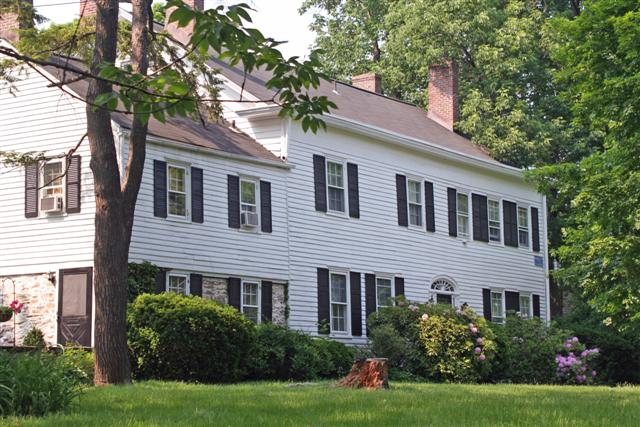
2549 Main Street - Richard Montgomery Green House
It’s hard to imagine General H. Norman Schwartzkopf, Jr. sitting up in a tree in the back of this 1815 house, but that’s exactly where he was on December 7, 1941, when his sister called out to him that the Japanese had bombed Pearl Harbor. The four-star general and future hero of “Desert Storm” lived here with another General, H. Norman Schwartzkopf, his father, who was Superintendent of the New Jersey State Police and nationally known for his police work in the kidnapping of Charles Lindbergh’s son in nearby Hopewell Township. The Schwartzkopf family owned this home from 1934-1950, but lived here only until the future Commander of Allied Forces in the Persian Gulf War was 12, which was midway through World War II. In 1949, MGM used the house and grounds to make “The Happy Years,” a movie based on Owen Johnson’s book “The Varmint.” Cast members included Dean Stockwell and Leo J. Carroll. The house was in Green family ownership for 119 years until 1934. Today, this Georgian structure, which was constructed of stone from the local quarry, is owned by The Lawrenceville School.
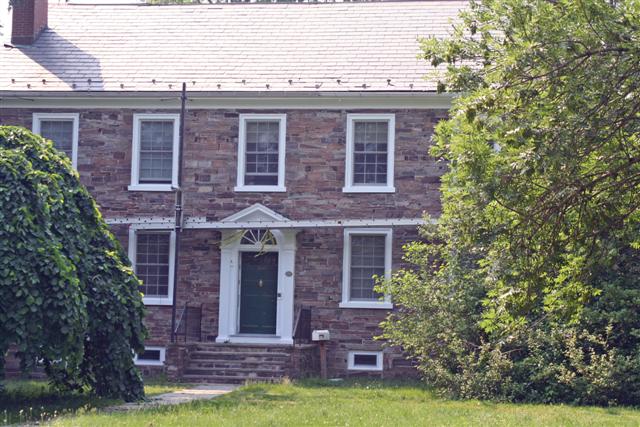
2579 Main Street - Romney House
This charming Greek Revival style house has a distinctive flattop entrance roof and features a pilastered doorway and decorative frieze below the roof. It is a style uncommon in the township. The house is attributed to Charles Steadman, who was famous for his fine design and detail, sometime between 1825 and 1845, the period of his active work in Princeton. The delicate looking entrance hides rear and side additions. But it is the front entrance details that draw our attention, such as the panel decorations under the cornice and the repetition of the design over the door.
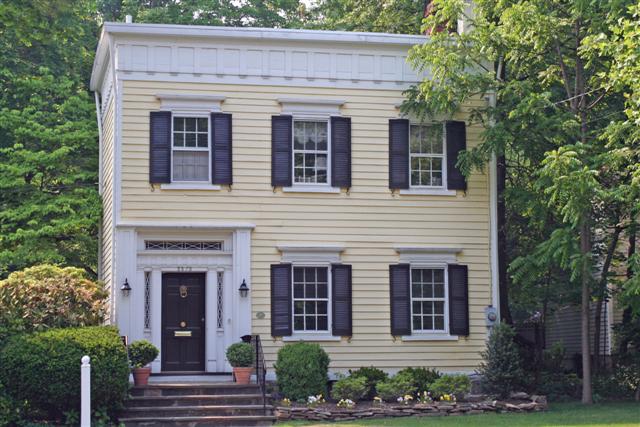
2617 Main Street - Lodge
This Queen Anne style structure was built by Peter Kafer in 1892, as a guest house and dormitory for The Lawrenceville School’s use. Channing Blake, in describing it, once said: “This building exudes the atmosphere of a seaside resort hotel. Its lightness, its gaiety, and its fragility separate it from the rest of the domestic buildings in town, and make it all the more precious within this history of nineteenth century architecture.”
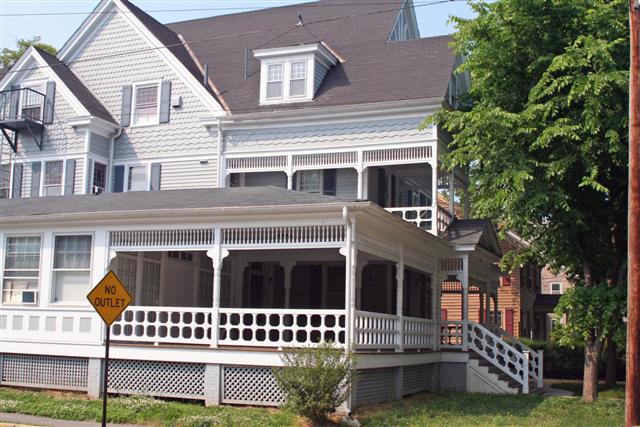
2695 Main Street - Cock and Bull Tavern
The first reference to this house as a tavern was in May 1789, when William Compton petitioned for a tavern license. He wrote that he had recently purchased a house in Maidenhead opposite the Presbyterian Church and, being encouraged by his neighbors and friends to keep a house of entertainment, solicited a license for the ensuing year. In 1804, John Moore applied for his first license at this location. This tavern was used for many years as a place to hold the annual township meetings. In 1816, a meeting was held here to petition for the township’s name change from Maidenhead to Lawrence. Dr. Gosman, a minister of the Lawrenceville Presbyterian Church, is said to have spoken of visits to the tavern by some of his congregants as “the thirst after righteousness.” In the 1890’s, Ed Conover kept his stage coach in a barn behind the tavern.
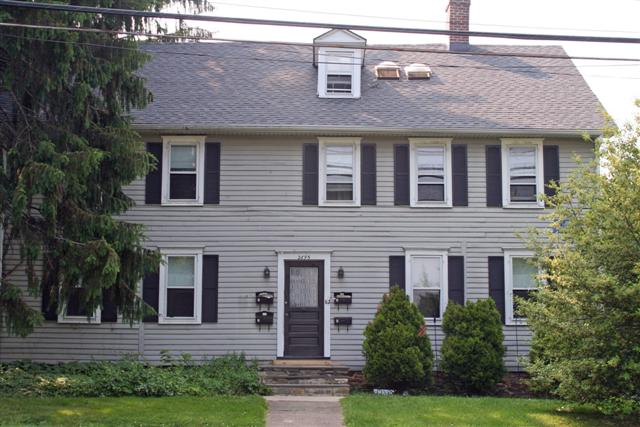
2688 Main Street - Lawrenceville Presbyterian Church
This is one of the oldest Presbyterian churches in New Jersey. The front of the building was constructed in 1764. Additions that lengthened the church were built in 1833 and 1853. It is constructed in the Georgian style with Palladian windows on the second floor, elliptical fanlight in the top floor and a cupola. The adjacent cemetery, which dates to 1713, contains graves of colonial settlers and Revolutionary War soldiers. The same year, John Hart, Speaker of the state’s General Assembly in 1776 and a signer of the Declaration of Independence, was baptized by this congregation. In 1810, the church’s minister, Rev. Isaac Van Arsdale Brown established the Academy of Maidenhead, which later became The Lawrenceville School.
